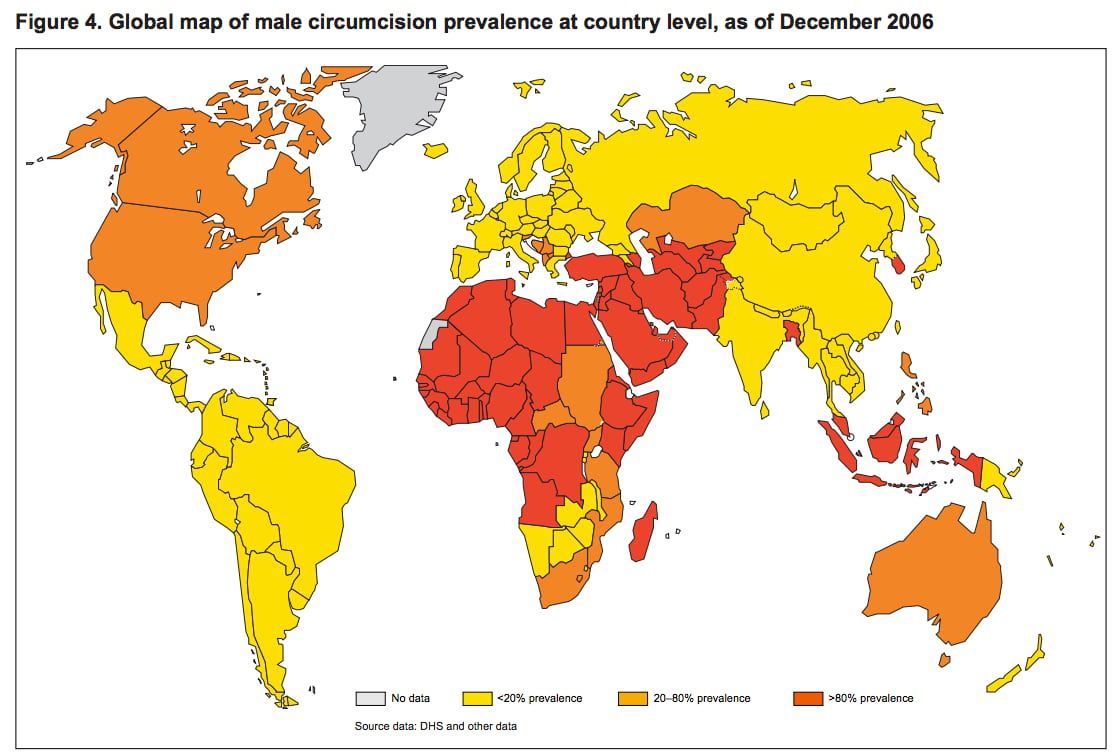From the normal procedure, the preputial skin is removed, adhesions are excised, and the inner foreskin is subsequently separated from the head. After that, a glue circumlocator could be placed on, and the inner foreskin is cut off entirely.

How To Execute A Circumcision
But for Jewish guys, is a hard process; it’s a ceremony which has an extensive history. The cause of this is the commandment of God says for them to be sacred, they must maintain their sons living to follow each of the commandments. Circumcision was performed in early times as a way to protect the boy from disease, but today, it’s more for aesthetic reasons. According to Jewish law, a circumcised male who’s unable to practice ordinary intercourse isn’t a guy. Therefore, in the Jewish faith, having the ability to have a totally intact penis is much more important than being able to enjoy sexual intercourse. circumcision Adelaide is the surgical removal of the skin in the penis.
How To Execute A Circumcision
There are two schools of thought in regards to offering toddlers men with circumcision; the first is it is a religious requirement, and the second is it is a medical procedure. The very first school of thought is presently regarded as the more accepted one, since it’s based in part on the commandment of God, as stated above. According to the school of thought, the process must be done according to the guidance of a qualified medical practitioner, because the health of the child isn’t something that should be dismissed.
Circumcision has different procedures according to various countries. For instance, in the United States, newborns are usually circumcised for cleanliness reasons, from the physician placing a ring to the newborn’s glans. Sometimes, this can be done after the baby is born, based upon the physician’s preference. Other countries, such as in England and other parts of Europe, use a rubber band to circumform the infant, but only use it around the head rather than on the rest of the body. These clinics are somewhat more controversial, but a lot of parents choose them, because they’re the least intrusive procedures.
As mentioned previously, there are both pros and cons related to infant circumcision. One who is the health advantages. One of the key health benefits of the process is that it reduces the possibility of infections in the newborn. The procedure reduces the possibility of contracting herpes, genital warts, syphilis, hepatitis, meningitis, or even HIV, according to the American Academy of Pediatrics. The medical procedures often cause less bleeding, less pain, less scarring, and quicker recovery, which makes them worth the advantages, especially for parents with specific concerns about their kids’ health. However, the health dangers may also include passing, bleeding, or infection of these stitches.
In certain African communities, some households prefer the tradition of circumcision, but most in the Western world don’t. The custom has been linked to the transmission of HIV and genital herpes. The health advantages of this process are well documented, even though the downside can be worse, especially for the child who’s subjected to this unnecessary surgery. Babies can experience bleeding, pain, soreness, infections, and damage to the penis or scrotum.
With most babies now prepared to be circumcised, parents have two surgical choices: male (corrective) or female (reversal) methods. Male circumcision takes the physician to make an incision inside the penis across the glans; however, some physicians prefer not to do this, and create smaller, more outpatient procedures. Either way, the infant will need to remain in the hospital overnight for recovery, as the stitches might need to heal in order to work.
Female circumcision needs the mother to decrease off the mucous the baby’s penis after the infant is circumcised. This prevents the baby from contracting herpes once they become a teenager. Keep in mind that the only complication related to female circumcision is the woman might become infected with genital herpes before the process. Herpes can be transmitted to your infant even after the surgery, so it’s ideal to be disinfected completely and have no sores or open sores to get at least a week after the infant is circumcised.
